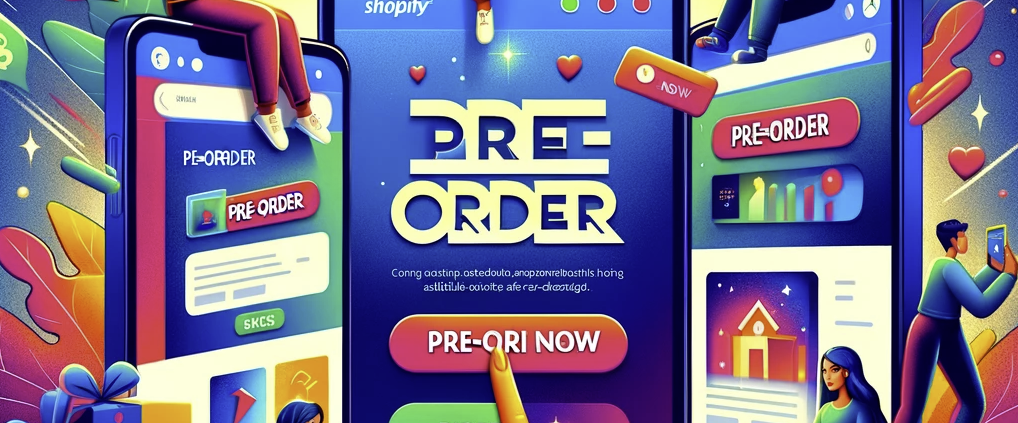Shopify Pre Orders
You can sell products that are out of stock or not available yet by setting them up as preorders. You can use preorders to help you forecast the demand for a new product that you’re releasing, or to create customer excitement around a new release.
Depending on the preorder options that you offer, you can collect full, partial, or no payment at the time the customer places their order. Collecting payments stores your customer’s payment method, and then you can fulfill and collect the remaining payment at a later date.
https://help.shopify.com/en/manual/products/purchase-options/pre-orders
Launching a successful pre-order campaign on Shopify involves more than just setting up the backend and installing the right plugin. Here are several key considerations and steps to enhance the effectiveness of your pre-order launch:
1. Create Clear and Compelling Product Pages
- Ensure your product descriptions are detailed and highlight the unique selling points of your pre-order items.
- Use high-quality images and videos to showcase your products.
- Clearly state the expected shipping dates and any other pre-order specifics to manage customer expectations.
2. Develop a Marketing Strategy
- Utilize email marketing to inform your existing customers about the pre-order launch. Consider offering exclusive early access or special pricing as an incentive.
- Leverage social media platforms to generate buzz around your pre-order products. Engaging content, countdowns, and teasers can help pique interest.
- Consider using paid advertising to reach a broader audience, targeting your ads based on interests relevant to your products.
3. Offer Incentives
- Exclusive discounts, bundled deals, or limited-time offers can encourage customers to commit to a pre-order.
- Consider offering free shipping for pre-order items as an additional incentive.
4. Communicate Clearly About Delivery Timelines
- Be transparent about when customers can expect their pre-ordered items to ship. Overpromising on delivery timelines can lead to dissatisfaction.
- Update customers regularly about their order status, especially if there are any changes in the expected shipping date.
5. Prepare for Customer Service Inquiries
- Ensure your customer service team is well-informed about the pre-order process and can handle inquiries effectively.
- Consider creating an FAQ section on your website specifically addressing common pre-order questions.
6. Monitor and Manage Inventory Carefully
- Keep a close eye on your pre-order sales to avoid overselling, especially if your inventory is limited.
- Use the data from pre-orders to make informed decisions about production and inventory management.
7. Gather and Utilize Customer Feedback
- After the pre-order period, gather feedback from your customers about their experience. This can help you refine your process for future launches.
- Encourage reviews and ratings of the pre-ordered products to build social proof and inform potential customers.
8. Evaluate the Campaign’s Performance
- Analyze the sales data, customer feedback, and any marketing metrics (like email open rates, social media engagement, and ad performance) to understand what worked well and what could be improved.
- Use these insights to optimize future pre-order launches and other sales strategies.
9. Leverage Pre-Order Apps’ Features
- Make full use of the features offered by your pre-order app. Many apps provide tools for managing backorders, setting up partial payments, and customizing the pre-order experience for customers.
10. Legal Considerations
- Ensure your pre-order practices comply with any applicable laws and regulations, including consumer protection laws and regulations about pre-payments.
By carefully planning your pre-order launch and paying attention to these areas, you can maximize the success of your campaign, improve customer satisfaction, and enhance your brand’s reputation.



